Recording, Mixing and Mastering
Published on 19/09/2022
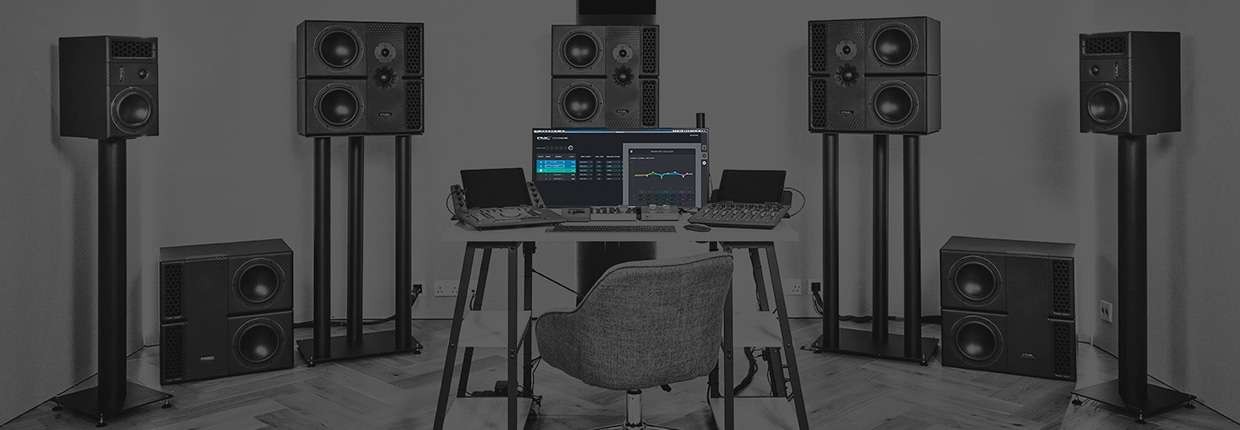
We have recently been talking about monitors for mixing considering the possible selection criteria and the digital response correction features of selected models.
In this post we shall describe what we consider the best five studio monitors for mixing.
As we already stated, the monitor selection is a personal thing that has to be done considering the very own needs and tastes.
The information and the evaluations that you are about to read, then, have to be considered as subjective given the wide range of possibilities available on the market.
The first set is in the mid price range even if it is capable of providing professional results.
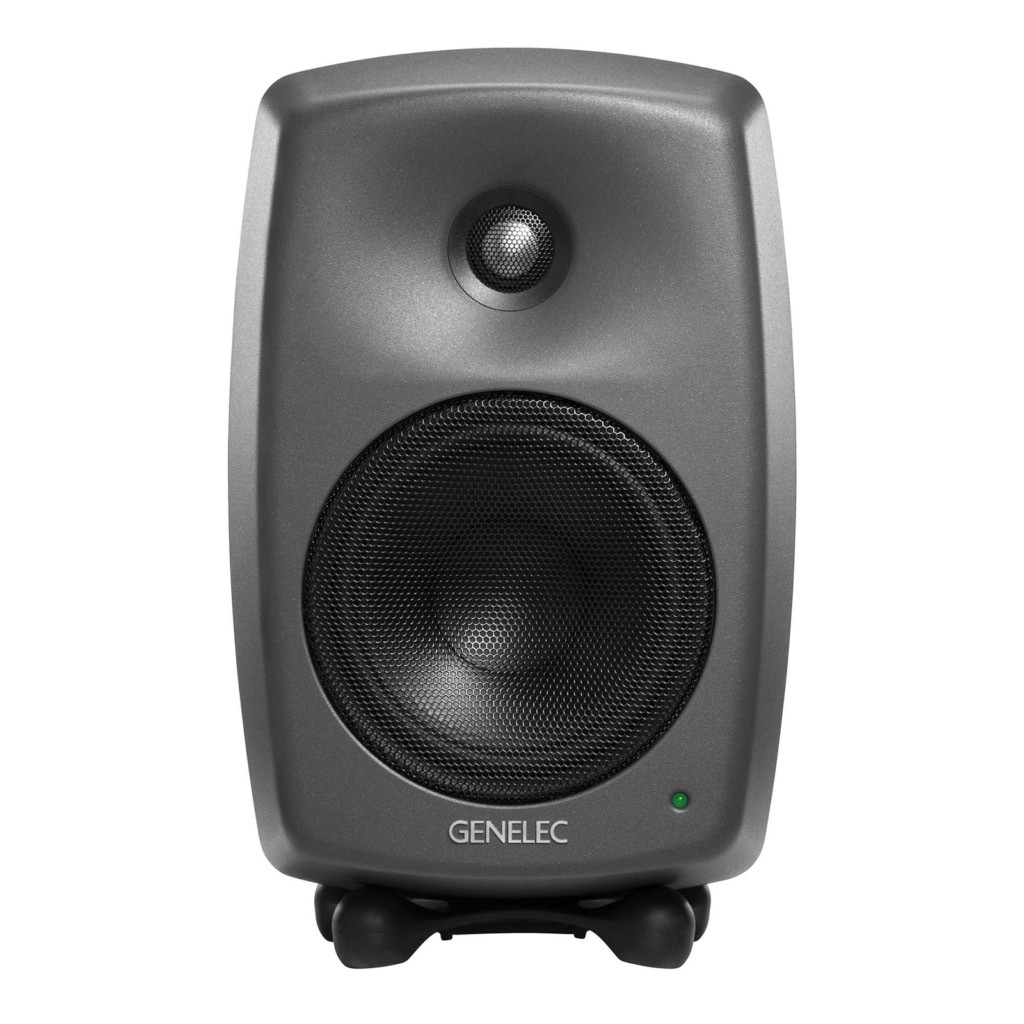
The Genelec 8330 combines precision, capacity to adapt to various contexts and reduced footprint.
Thanks to the powerful response correction functions they are capable of offering an uncoloured soundfield well balanced over the entire audio band.
The frequency response (at ± 1.5 dB) gets as low as 58 Hz to arrive up to 20 kHz.
Thanks to the specific shape design, the building technology and the used materials (plus the response correction benefits) they allow for a quite wide sweet spot that enables the sound engineer to make accurate and reliable decisions about the mix.
The 8330 are part of the Smart Active Monitor series so they support the integration with the GLM software to be used for the calibration procedures.
The combined Hw+Sw system allows for the compensation of the negative influences given by the listening environment to create a monitoring solution optimized for every application (from mono to immersive audio).
Given the physical dimensions and the quite light weight, the Genelec 8330 can be used also in mobile situations counting on the reliable listening set provided once the compensation procedure is completed.
Let’s remain within the Genelec range but rise a few steps up with the model 8341. In this case we have a three way coaxial monitor that implements the Acoustic Concealed Woofers (ACW) technology.
With this technology the low frequency emission is provided by a couple of woofers that drive the air flow through the slots placed at the upper and lower edges of the speakers.
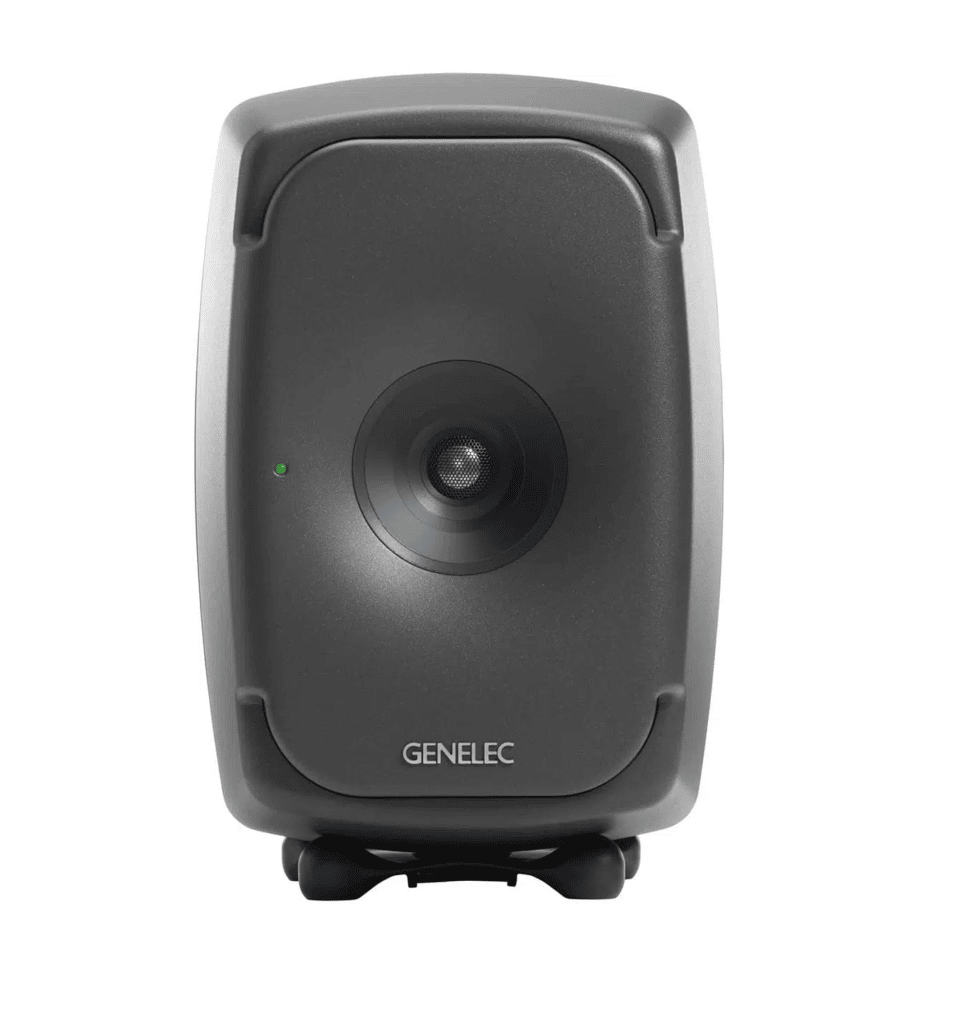
The arrangement increases the phase coherence and the directivity of the lower spectrum.
The combination of ACW and coaxial design allows for a solid sound stage and a frequency response without artifacts.
A set of Genelec 8341 is capable of supporting any application with a state of the art coherence and detail.
With the 8341 the listening fatigue is quite limited and the sound engineer can hold up for longer sessions (it is anyway better to take the proper breaks while working in the audio field).
The high headroom reduces distortion components on the entire audio band. If compared with the previous 8330 we can here afford wider listening rooms and higher distances.
The SPL gets to 110dB and the frequency response (at ± 1.5 dB) goes from 45 Hz to 20 kHz. Considering a -6 dB SPL, we can get as high as 37 KHz in the treble band.
Also this model supports the GLM software and it is then possible to compensate for both the frequency response and the line delays.
Full support, then, to every audio format (mono, stereo or immersive audio).
Let’s move to the Focal Twin6. As every speaker in the Focal range, they are realized with components directly made in the Focal factory. The arrangement is with 2,5 ways.
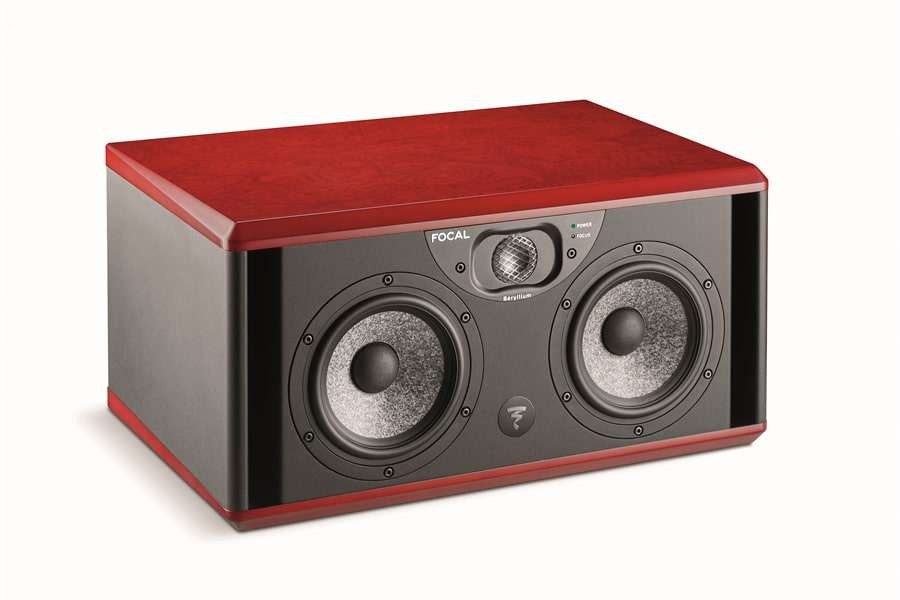
We have:
Here we get a good transparency, high definition, good dynamic range and a high precision in the soundstage rendering.
The Focus feature allows for two different ways of working.
In the Normal mode all drivers are active. In the Focus mode the tweeter and the related electronic are bypassed. The emission is then coming only from the Mid-Woofers to eliminate all the artifacts coming from the crossover.
With the second configuration we lose in frequency response but we gain in phase coherence obtaining a listening experience similar to the one achievable with a single speaker monitor (which is very often used by many sound engineers).
The option allows, in fact, to save money as it is no longer needed to buy a different speaker set.
Twin6 doesn't have digital systems for response correction. The adjustment is assigned to a set of analog filters to compensate for bass response, treble response and reflections from the desk.
This series has recently been updated by Focal. The new monitors, that we haven’t tested yet, promise to give even better detail and transparency.
The results have been achieved with new transducers, new amplifiers and new mechanical design of the enclosure.
We have included the PMC6 in the post about the digital response correction.
The PMC6 is an innovative device that gives the same acoustic fingerprint of the bigger models by PMC.
This one's thought for the smaller control rooms or for immersive audio installations where the available high resolution allows for deciding about the mix with a high level of awareness.
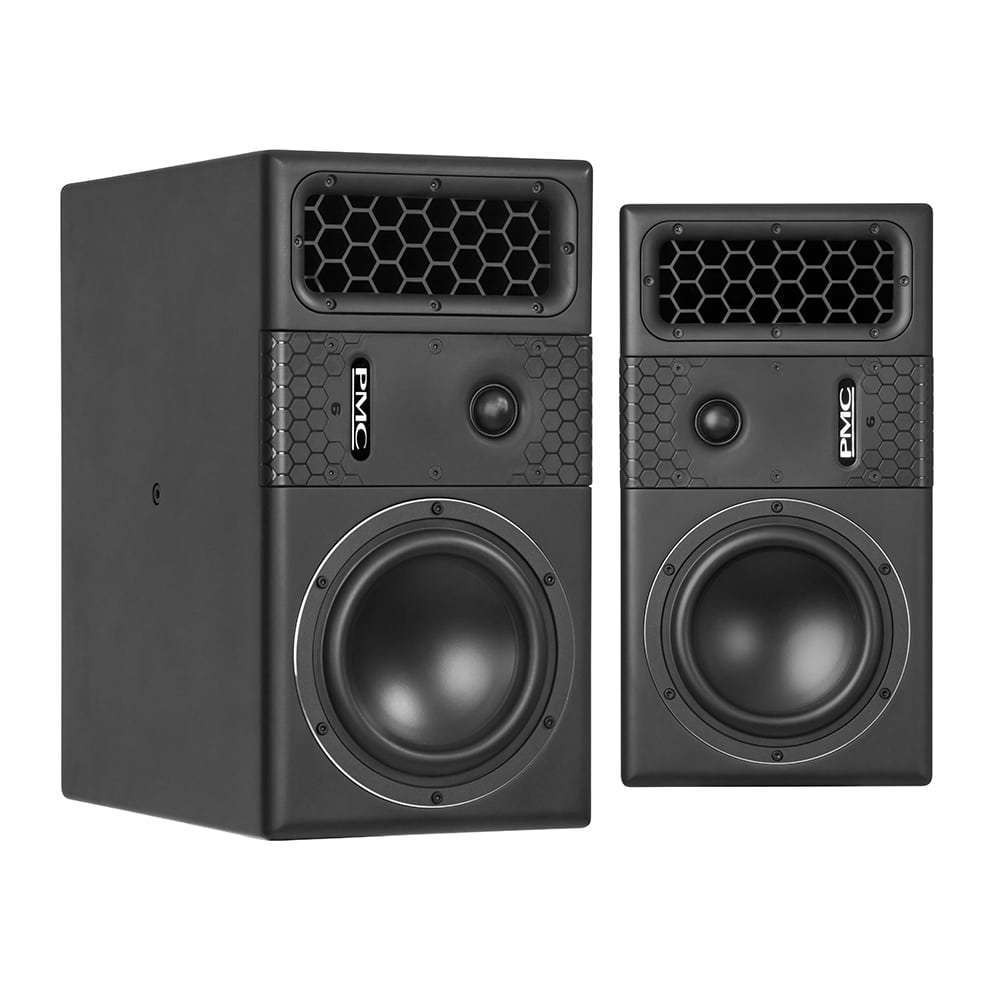
The 6” bass driver has a 20 mm excursion and is specifically designed to integrate with the most recent PMC technologies for bass loading (ATL) and for the air flow optimization (Laminair).
The results are unrivaled low extension, high headroom, high dynamic and low distortion at every SPL level.
The treble band is handled by a soft dome fabric tweeter (1”). A shallow waveguide creates ample spatial dispersion and a solid sound stage.
Both drivers are controlled by Class D, 200 W amplifiers with a low distortion and high damping factor.
The DSP engine available on the PMC6 automatically tunes the crossover according to the specific positioning of the speaker (horizontal or vertical) ensuring optimized tonal accuracy and sound stage.
The monitor can be calibrated using the rear controls (very easy to operate despite the large amount of available functions) or with the software SoundAlign that can be accessed with any browser.
The PMC6 can be expanded by adding a SUB PMC8 to create an independent PMC6 XBD wide band system.
The activation of the DSP ‘XBD’ mode ensures the compatibility of the two units allowing for a solid reference down to 25Hz.
In this case the system can also be used for mastering applications.
The listening experience is solid yet detailed. A no compromise experience as PMC has always managed to provide so far.
ATC SCM25A is the ATC proposal for the three ways, near/mid field monitoring.
The speakers are linear and faithful to the source yielding to a great intelligibility of the mix that can be completed bringing out all the nuances of the performance.
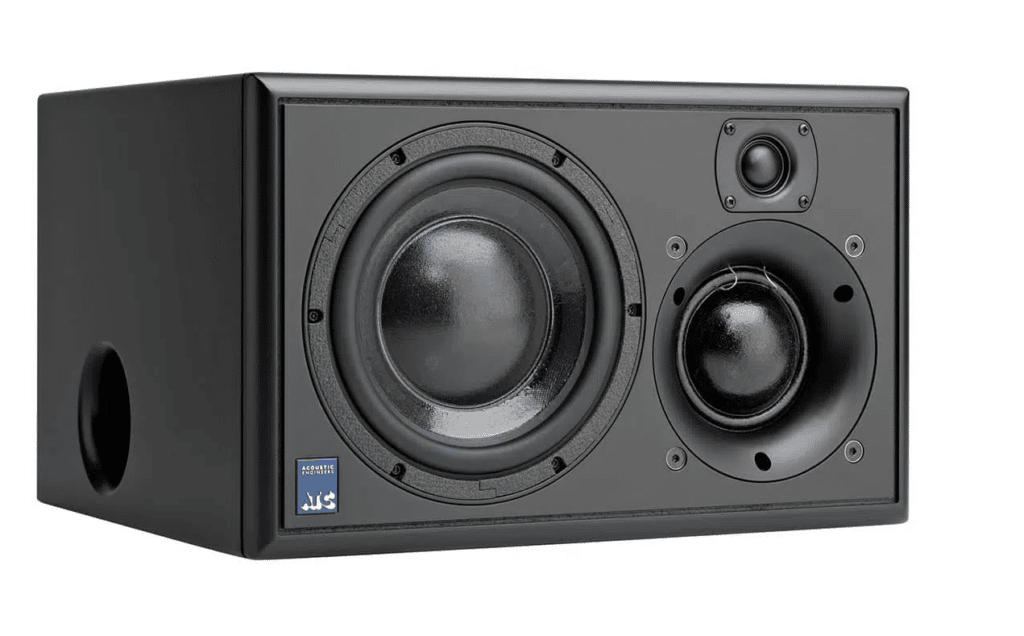
The treble band is assigned to a neodymium soft dome Tweeter (25 mm).
Also the mid driver is a soft dome one (75mm) and is designed and made by ATC. It gives both accuracy and musicality.
The woofer is a 17,5mm short coil (made of carbon paper) capable of fully supporting the low band emission.
The speakers are driven by three ATC amplifiers in Class A/B
with following output powers: 150W low freq, 60W mid freq and 25W for the high band.
There are no controls in the back panel.
The sound is of the highest level in the whole audio band. Nothing to say also for the basses even if the low cut frequency given by the specs is 74 Hz (at -2dB).
The mids are precise and revealing, making, for instance, the vocal tracks natural and present.
The highs are fast, detailed but at the same time creamy.
The overall sound and the stage are of the absolute class capable of performing in the control rooms of every level.
Probably the combination of A/B Class amplifiers and the material chosen for the drivers are a winning combination capable of an euphonic yet detailed sound that helps to close the mix rapidly and with reliable decisions.
ATC SCM25A is hand made in the UK.
Selecting a monitor set for the studio is not an easy task and very often one has to proceed by trial and error.
Here we have proposed a few sets that can support the needs of a wide range of professional studios.
For personalized advice we strongly recommend to ask for consultancy at the Milk Audio Store where you can select the best options for your very own needs. Talk to you soon!
Join us today and get 5% off your next order!

Empty cart